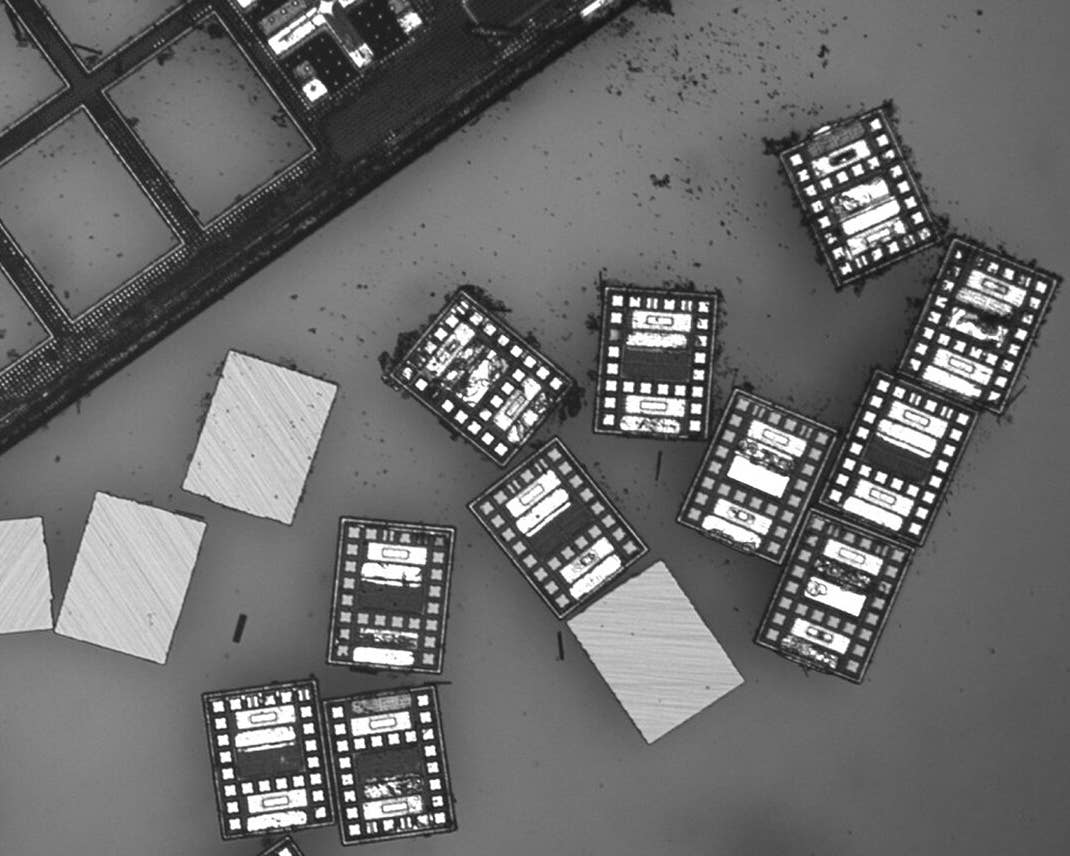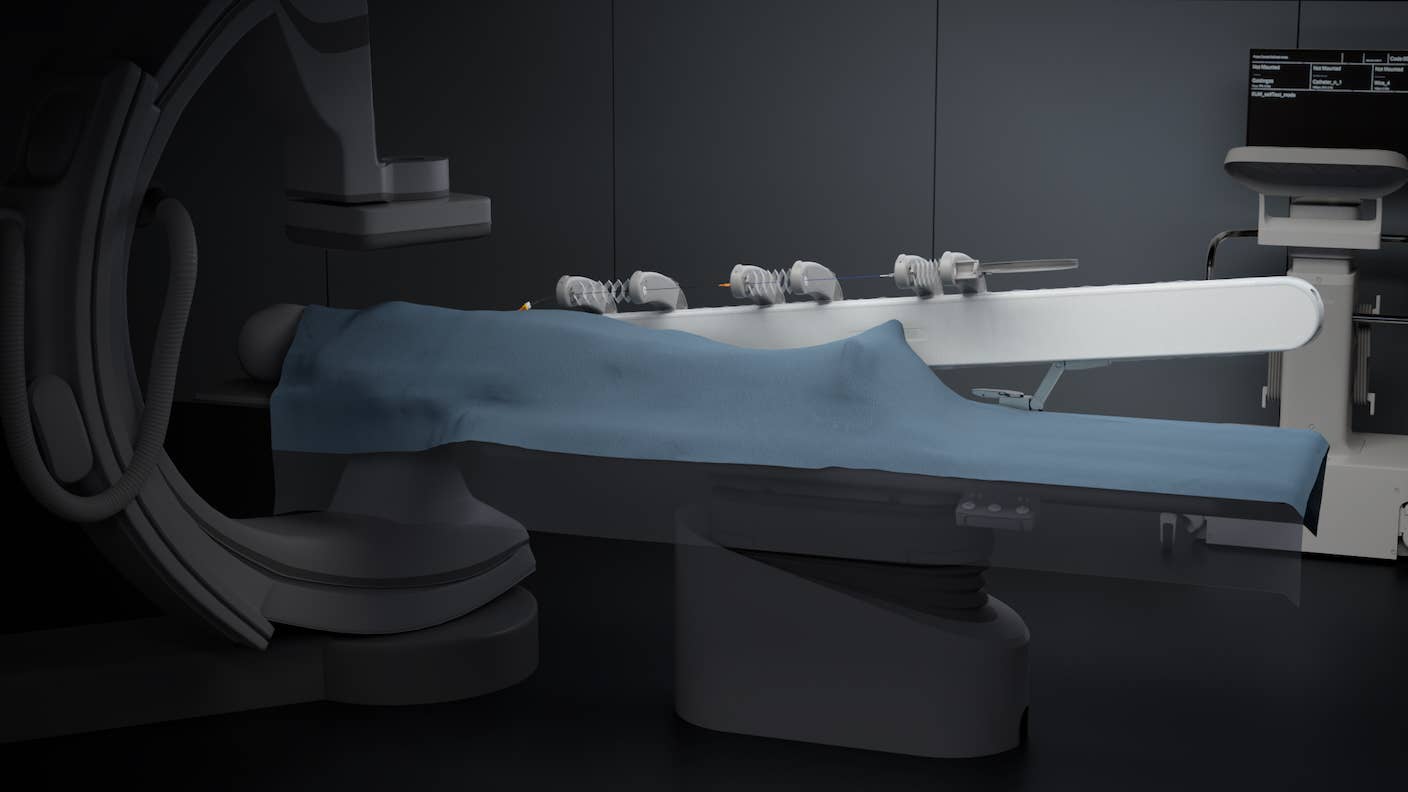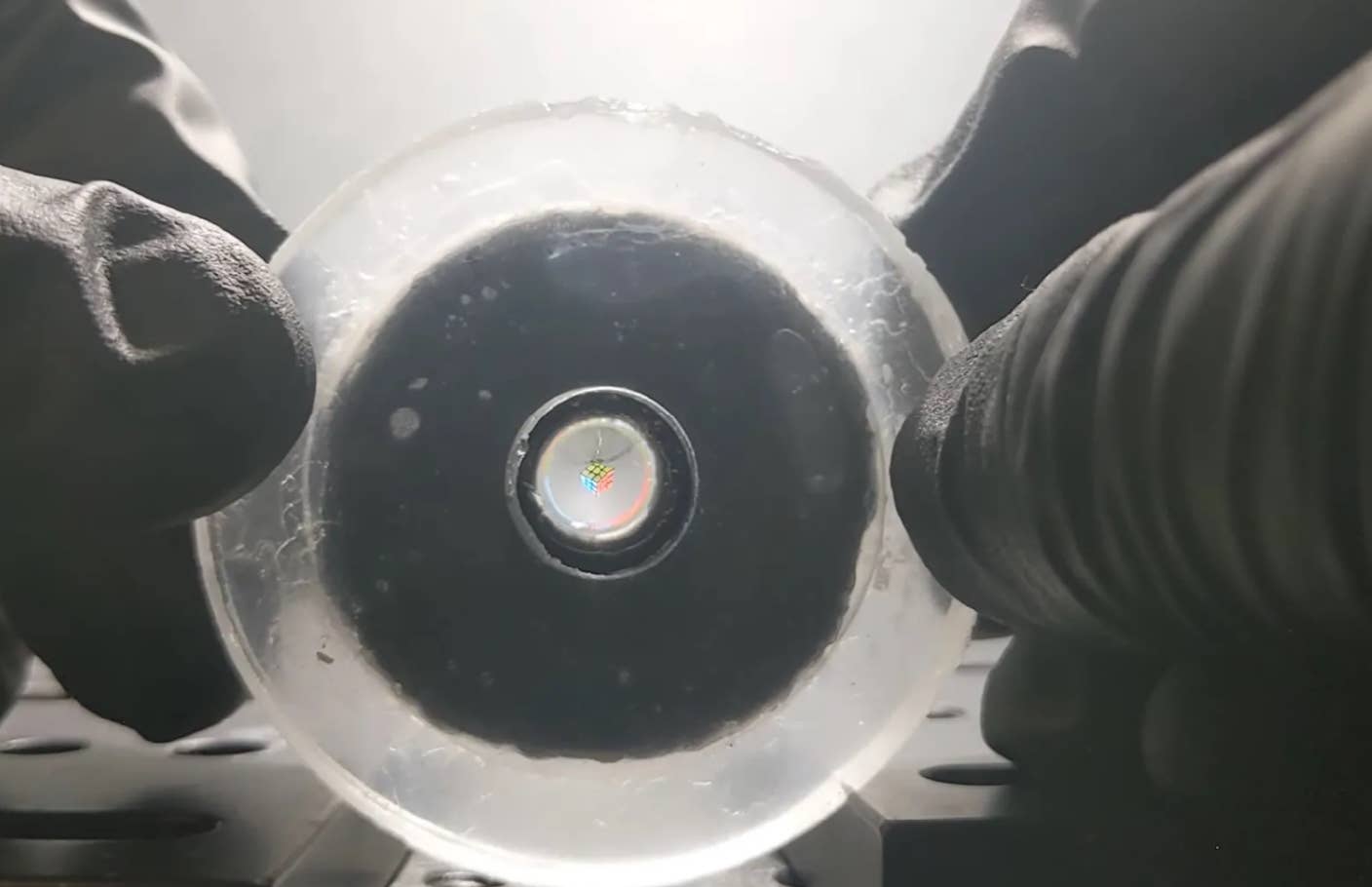Stanford’s Robot Car Slides into Parking Spot Like a Badass (video)

Share
A good robot car knows how to make the tough decisions. Stanford's Junior, the robot car that took second place at DARPA's Grand Challenge in 2007, has learned some new tricks. Namely it can decide when to follow traditional physics models of how to drive, and when it should simply try to repeat a past performance. What's the first task Stanford students asked it to test its capabilities on? The same maneuver that every slick operator from James Bond to the Blues Brothers relishes: a tire squealing 180 degree spin into a skin-tight parking space. We've got some great videos of this move that you have to see. Check them out below.
The DARPA Urban Challenge (aka Grand Challenge) has provided the prize money necessary to generate major interest in getting cars automated. During the contest in 2007, Junior traversed a simulated town without colliding into moving and stationary objects. Since then, Stanford's taken on automated parking and we've seen one of the university's cars perform well for that task. Junior's latest sliding maneuver isn't really about parking, however. It's about handling the extremes of driving. Just as Stanford's new vehicle, Shelley, is looking to race up Pike's Peak at breakneck speeds, Junior is testing the limits of what robot cars can do. These cars are pushing the boundaries of automated systems and they're looking awesome while doing it:
As recently discussed in the Proceedings of the International Conference on Robotics and Automation and presented at ICRA 2010, Junior's slide into private parking spot is all the more impressive for the way that it was performed. Standford has given the car the ability to choose between two different ways of driving. Junior can follow traditional physical models of driving or it can try to replicate a move its seen before. The latter choice is good for hard to understand but repeatable tasks, such as making James Bond look like a pansy. Check out the explanation in the following video:
Be Part of the Future
Sign up to receive top stories about groundbreaking technologies and visionary thinkers from SingularityHub.


If you wanted further proof of the power of Junior's new decision making, watch the video below. You'll see how a closed loop (physically well understood) approach fails, as does the open loop (imitation, non-physical). When combined, the multi-modal approach succeeds with flying colors:
Junior's baby bear methodology can place it within two feet of its target every time. That's remarkably accurate, though still not so good as to warrant you handing your keys over to Stanford anytime soon. As Junior continues to be refined, we may see its capability to hit its target improve, but that's really besides the point. The real story here is Junior's ability to cleanly switch between various methods of driving. There's real power there. An operator can show Junior how to perform a difficult maneuver (like the 180 slide) and Junior can decide when best to follow that demonstration. That means Junior could have an entire language of extreme driving maneuvers it could unleash when called upon, but that it could also drive reliably under normal conditions without them. If we want robots to eventually take over much of our driving duties, this sort of decision making will be critical to keep passengers safe. Watching Junior slide into a parking spot is fun, but it's also a sign that the cars of the future will be able to respond to any adverse condition with remarkable driving talent. I can't wait until one of these guys gets into a car chase with police.
[image credit: Kolter et al, ICRA 2010]
[video credits: Stanford, IEEE Spectrum]
[source: Stanford, Kolter et al, ICRA 2010]
Related Articles

These Robots Are the Size of Single Cells and Cost Just a Penny Apiece

In Wild Experiment, Surgeon Uses Robot to Remove Blood Clot in Brain 4,000 Miles Away

A Squishy New Robotic ‘Eye’ Automatically Focuses Like Our Own
What we’re reading
